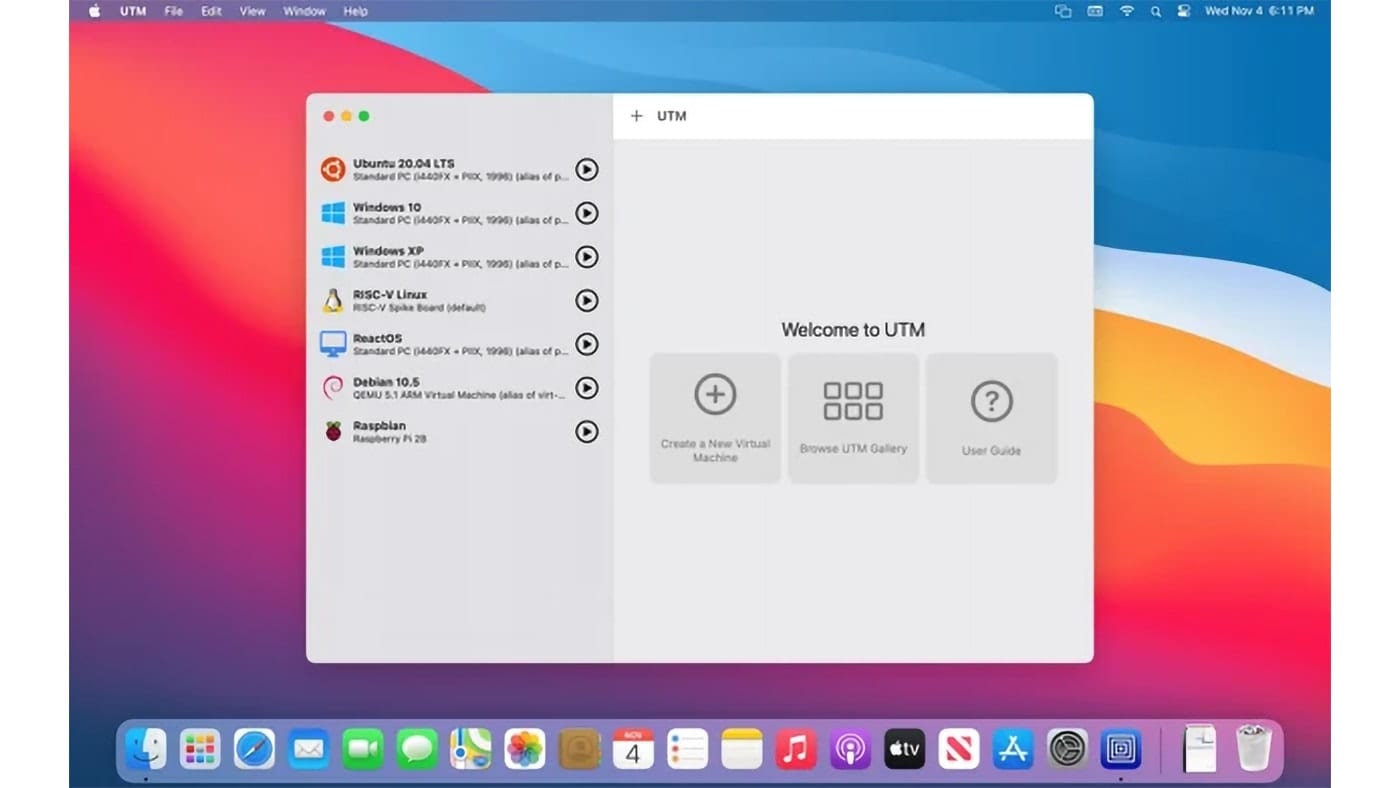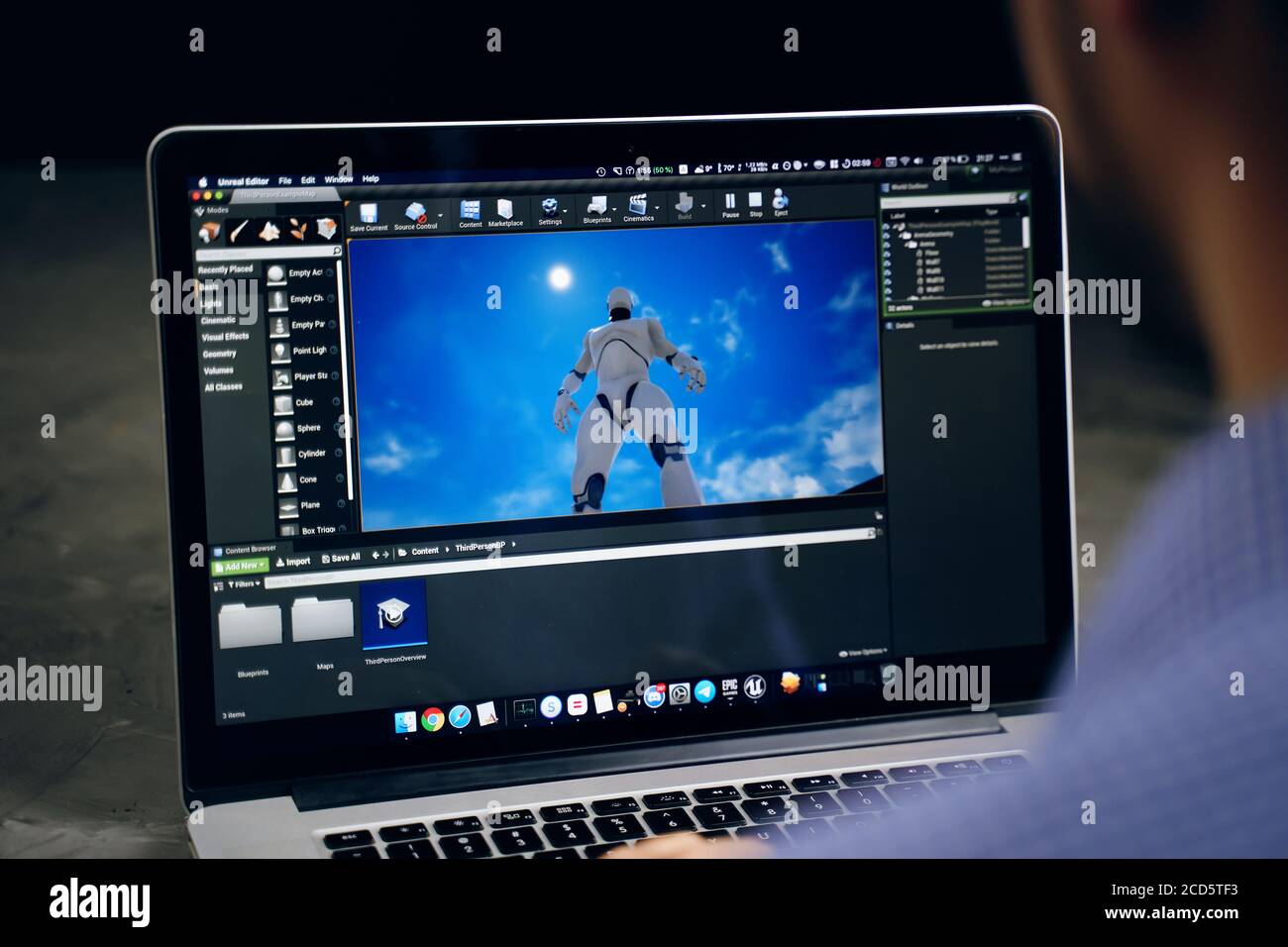
- #It operation software for mac how to
- #It operation software for mac mac os x
- #It operation software for mac update
- #It operation software for mac full
- #It operation software for mac code
Happily, Rosetta makes a comeback with Big Sur.
#It operation software for mac mac os x
One benefit of this switch was that you could directly compare the performance of Mac OS X with that of Windows on the same hardware, since you could boot a Mac to Windows using Boot Camp-something that will be lost with the move to ARM-based Apple Silicon CPUs. Only in the past year is this era ending, with Apple moving its desktops to ARM-based M1 Apple Silicon CPUs. It was supported thanks to Apple’s Rosetta technology.
#It operation software for mac full
Fortunately for existing Mac owners, full support for PowerPC-based apps wasn’t completely removed until 2009’s Snow Leopard release. Tiger also brought the beloved Spotlight search and the recently discontinued Dashboard widgets (they could be used as late as 2018’s Mojave).
#It operation software for mac update
The Switch to IntelĪs ExtremeTech’s Jamie Lendino wrote in an earlier PCMag Mac history piece, “…in a stunning 2005 announcement, Apple switches from the tough-to-scale PowerPC hardware architecture to Intel, giving Macs the same internals as you'd find on a PC running Windows.” Support for Intel CPUs came with OS X 10.4.4 update of Tiger in 2006. The version added other things to make OS X more alluring to corporate users: support for Microsoft’s Active Directory and Exchange products. But in this case, it was support for the PPTP protocol, at the time used by corporation workers to log into their company’s network, rather than the security and content unblocking functions we mostly associate VPNs with today. Built-In VPN and Business SupportĪlready in its third version, 2003’s OS X 10.3 Panther added built-in VPN support. Our review notes its newfound skill at ingesting digital photos: “OS X 10.1 works seamlessly with a variety of proprietary photo transfer systems, such as those used by Kodak and Nikon cameras, and the OS can transfer photos without the need for special software.” 3.

Note that, although the 10.1 OS X version was codenamed Puma, Apple didn’t start using the feline branding in public marketing materials until the next one, Jaguar 10.2.ĭiscs weren’t the only media the new version could handle. PCMag had a Digital Edition that shipped on a CD-ROM put out by a dedicated team. OS X v10.1 launched a trifling six months after the initial version, and the press release for this update touted that it was “the first operating system to allow consumers to burn over 4 gigabytes of data to a DVD.” Though that seems quaint now, the then super-hot field of multimedia was at that time all about shiny discs. This allows Apple to benefit from the open-source testing of its kernel’s stability while keeping the system as a whole a closed architecture, for its own eyes alone. The OS itself is not open source, nor are any of its interface components.
#It operation software for mac code
Some might be surprised that the kernel of OS X and macOS is actually open source, because it derives from that code base. The reason for this caution? The new OS version completely gutted and replaced its predecessors’ underpinnings, upgrading it with a highly stable UNIX base.
#It operation software for mac how to
An operating system upgrade is supposed to make your life easier, not force you to spend hours figuring out how to perform everyday tasks.” Not at first, anyway, and maybe not even for a day or two. It begins, “Mac users, you're not going to like this. PCMag’s first appraisal of the new OS X was not encouraging. Readers with short or selective memories may be startled to learn that three years prior to the 2001 launch of OS X (the “X” is pronounced “ten”), Microsoft, in a bid to avoid appearing to be a monopoly, invested $150 million in Apple to help keep the company afloat. There were plenty of other microcomputer (the term used at the time) makers that did go under-Amiga, OS/2, and CP/M system builders among them.

It may be hard to believe today, with Apple now a trillion-dollar company, but prior to that triumphant return, Apple’s computers were in a perilous position, with some even thinking the brand might not survive.

It was a result of Steve Jobs coming back to Apple in 1997 along with his NeXT company's operating system software, on which OS X was partly based. The arrival of OS X was, itself, perhaps the most significant turning point in the history of the Mac.



 0 kommentar(er)
0 kommentar(er)
